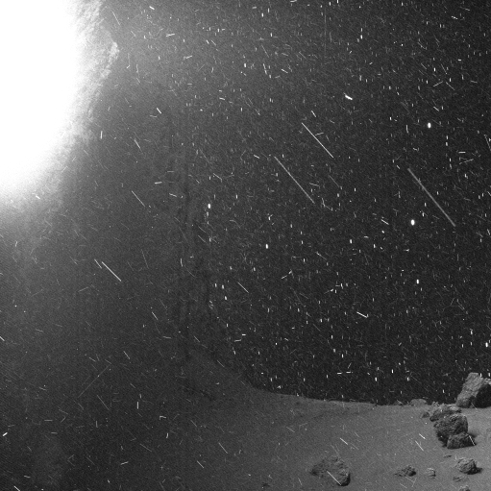The guests and topics of discussion on The Space Show this week:
1. Monday, April 30, 2018; 2-3:30 pm PDT (4-5:30 pm CDT, 5-6:30 pm EDT): We welcome back DR. TOM JONES, retired astronaut. Find out more about our guest at astronauttomjones.com. Topics include NASA’s proposed return to the moon, lessons learned from Columbia on flight safety, planetary defense, the 50th anniversary of 2001, & the flight of Apollo 7, and John Young’s legacy.
2. Tuesday, May 1, 2018: 7-8:30 pm PDT; 9-10:30 pm CDT; 10-11:30 pm EDT: No show today due to travel.
3. Wednesday, May 2, 2018: Hotel Mars. See Upcoming Show Menu and the website newsletter for details. Hotel Mars is pre-recorded by John Batchelor. It is archived on The Space Show site after John posts it on his website.
4. Friday, May 4, , 2018; 9:30 am -11 am PDT, (12:30 -2 pm EDT; 11:30 am -1 PM CDT): No show today due to travel.
5. Sunday, May 6, 2018: 12-1:30 pm PDT; 2-3:30 pm CDT; 3-4:30 pm EDT. No show today due to travel.
See also:
* The Space Show on Vimeo – webinar videos
* The Space Show’s Blog – summaries of interviews.
* The Space Show Classroom Blog – tutorial programs
The Space Show is a project of the One Giant Leap Foundation.



